With its planned merger with Honda now likely dead, Nissan desperately needs to come up with the products that can help it head off a further decline in sales and earnings. It’s dropped a teaser showing some of what it now has in the pipeline ready to debut over the next two years – and the emphasis is on electrified drivetrain technology, with a Rogue PHEV, e-Power models and even a new Nissan Leaf in the works.
It’s been a bad month for Nissan, the automaker pulling out of merger talks with rival Honda and then announcing yet more red ink for the latest fiscal quarter. Nissan desperately needs to reverse declining sales and is hoping that it can begin a turnaround with a blitz of new products it plans to roll out over the next two years.
The second-largest of the Japanese carmakers has offered up some hints about six of the models coming, starting with a new plug-in hybrid version of the Rogue crossover, its best-selling product worldwide.
The majority of the products will be electrified, Nissan officials revealed, including s next-generation version of the company’s very first battery-electric vehicle, the Leaf.
New Rogue PHEV
In recent years Rogue has become Nissan’s runaway best seller. In the U.S. it’s close to outselling both the Altima and Sentra sedans combined. So, it’s no surprise that the automaker will launch two new electrified versions.
That includes a plug-in hybrid that is expected to share the same drivetrain as the latest-generation Mitsubishi Outlander – no surprise since they already are based on the same vehicle platform. In current form, the 2025 Outlander pairs a 2.4-liter inline-four gas engine with two electric motors. One motor drives the rear wheels, the internal combustion engine and the second motor powering the front axle.
The Mitsubishi SUV delivers an EPA-estimated 38 miles per charge when running in all-electric mode, among the best among SUVs. Of course, it remains to be seen if the current drivetrain will be updated by the time the Nissan version appears.
Rogue also gets an e-Power package
In technical terms, the Rogue and Mitsubishi PHEVs will be parallel hybrids. That means they can draw power either from the gas or electric parts of the drivetrain – or they can operate simultaneously.
Nissan’s e-Power system is a series hybrid. Offered in some global markets on the Qashqai crossover, it also pairs gas and electric technology under the hood. The difference is that the wheels of e-Power models are only driven by electric motors. The internal combustion engine serves exclusively as a generator. It can send power to the wheel motors or keep the vehicle’s battery pack charged.
Nissan is expected to expand the use of the e-Power system on smaller product lines, such as the Kicks. The Rogue would mark its first application in the United States.
More Nissan News
- Honda Ready to Restart Merger Talks – if Nissan’s CEO Leaves
- Honda, Nissan Break off Merger Talks
- China’s Foxconn Wants to Take a Run at Nissan
Next-gen Nissan Leaf
Initially launched during the 2011 model-year, the gen-1 Leaf was Nissan’s first battery-electric vehicle – and it dominated the emerging segment until Tesla got into the game. A second-generation model was introduced in 2017 for the 2018 model year, delivering a number of improvements though its 40-kWh battery pack was seen as deficient by most potential buyers. The Leaf Plus package, added in 2019, boosted that to 62 kWh, bumping range up from 151 to 226 miles.
Even so, it’s been little more than an also-ran in the market, Nissan lately putting its emphasis on the newer Ariya EV launched nearly two years ago.
Exactly what Nissan plans for the next Leaf it isn’t ready to reveal but it’s widely expected to yield still better range, performance and features, even while retaining its key advantage as one of the market’s most affordable all-electric models.
Look for the third-generation Leaf to make its formal debut later this year as a 2026 model. And it will migrate from a hatchback to a crossover-style product more in line with global demand.
New hybrids and more
Currently, Nissan lags well behind its two main Japanese rivals, Toyota and Honda, when it comes to conventional hybrids. Indeed, that was reportedly one of the issues that helped derail the merger talks with Honda. Moving forward, Nissan may finally take steps to fill the void – though it’s still being vague on what may follow.
But it does appear to have more all-electric products in the works. It’s planning to expand the availability of the all-electric N7 model it rolled out last year – but which currently is only offered in China. For Europe, meanwhile, there’s a “supermini” EV coming and it’s expected to share the popular Micra name there. It’s believed to be based on the Renault E-5 Tech Electric, though it will feature Nissan styling.
Rounding out the plans, look for Nissan to deliver a new kei microcar and a new minivan, both for the Japanese domestic market.

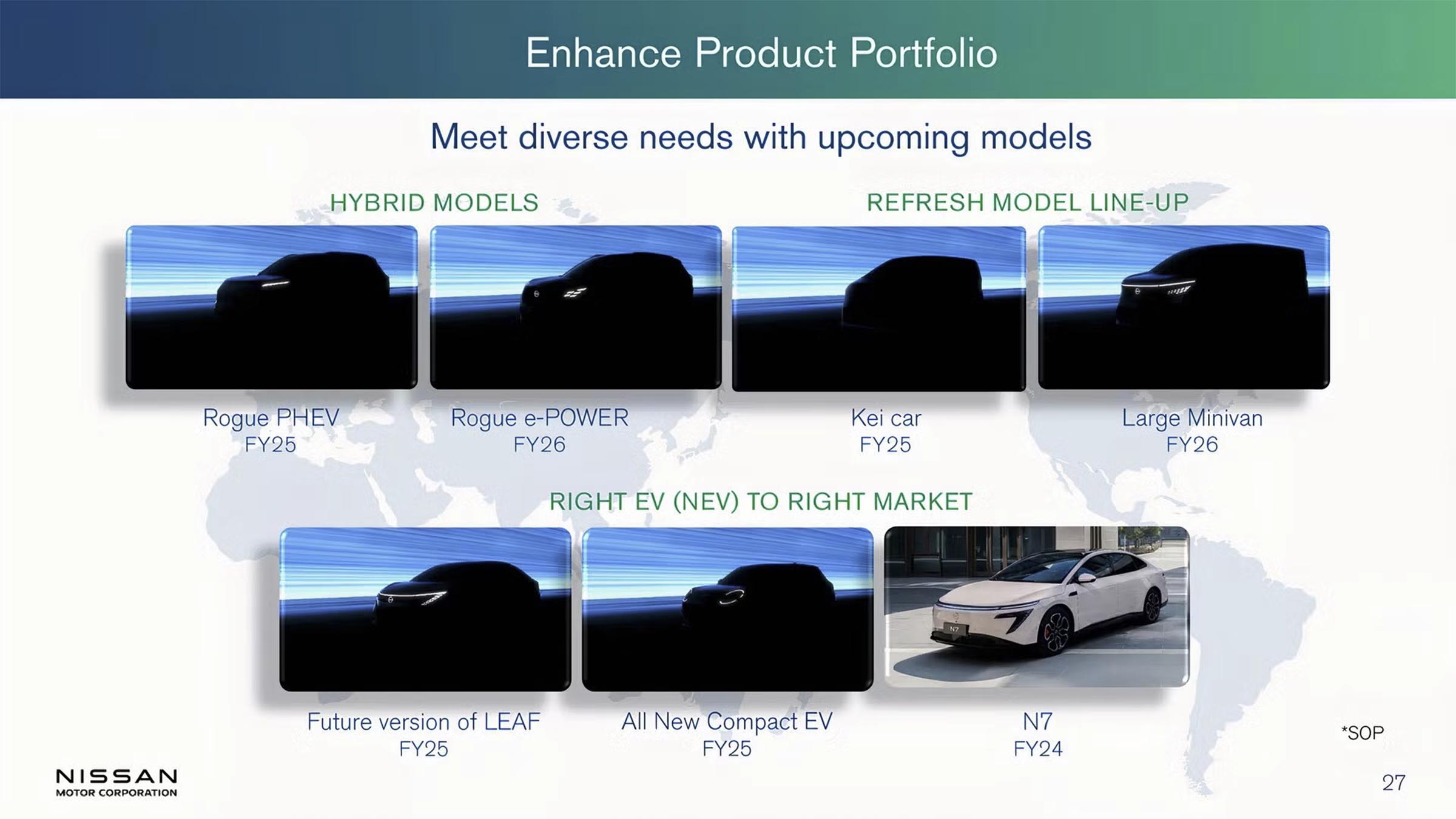
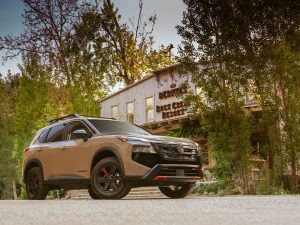
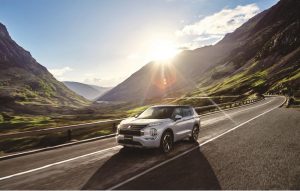
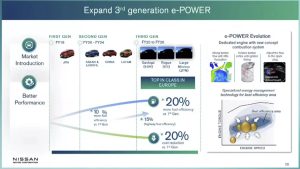
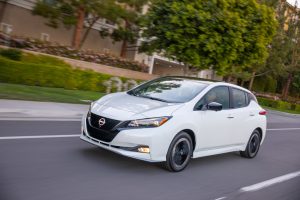
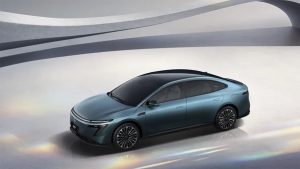
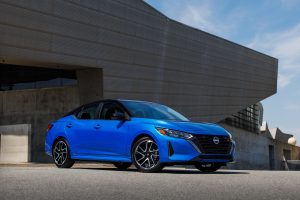
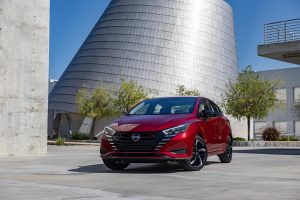

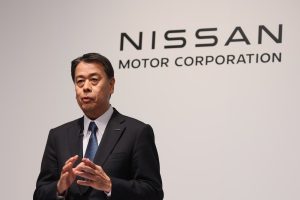
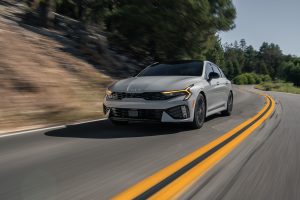
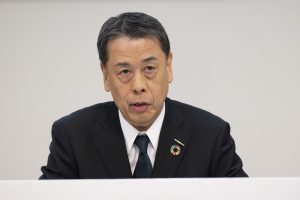
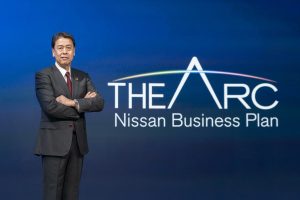
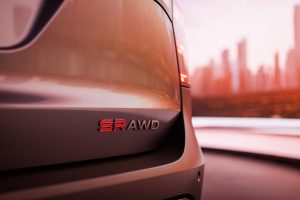
0 Comments